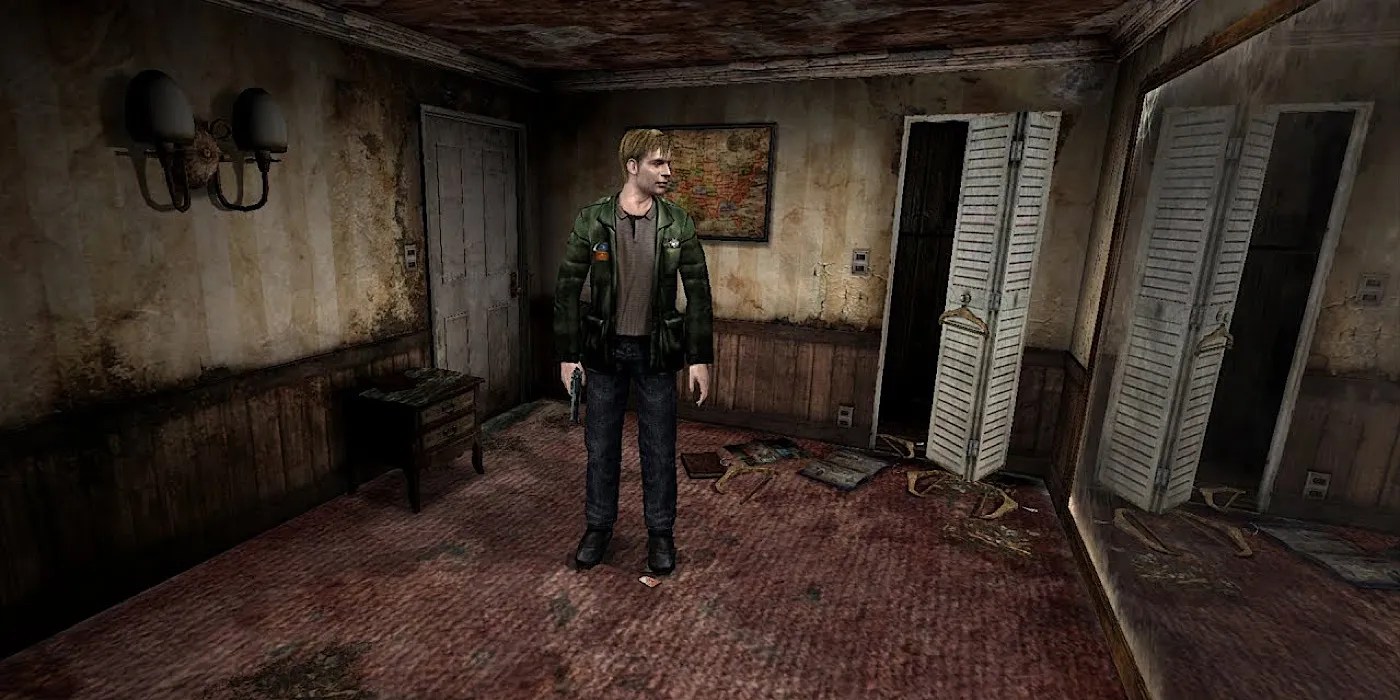Survival horror games have been scaring fans since their very inception. By combining the jump scares and atmospheric terror of classic horror tropes with a lack of ammunition and combat, the genre revolutionized what it meant to be scary.
RELATED:The 10 Best Survival Horror Games Of All Time, Ranked According To Metacritic

The genre has undergone plenty of changes throughout the years. Although many proclaim the golden age to be the late 1990s and early 2000s, a new generation of survival horror has used the key strengths of these early games to carry the genre forward. Of course, not every trope and feature has continued to make an appearance.
Save rooms were an iconic feature in manyclassic survival horror games, often a much-cherished break from the terrifying enemies. Save rooms and save items (such as theResident Evilink ribbons) have largely been replaced in modern games by save points and automatic saves.

One could argue that there is something lost in the difficulty factor when the save rooms are ditched, but the real loss is in the forfeiture of the amazing soundtracks that accompanied them.
Horror game fans seem to either love or hate these clunky control schemes. Often paired with a fixed camera angle, tank controls were especially scary when players could hear the enemy, but not see them getting closer and closer.

Whilesome modern horror gamesdo still make use of this control type, it has since been mostly replaced with first-person or third-person over-the-shoulder perspectives.
Okay, maybe losing this one isn’t much of a tragedy. That being said, the corny dialogue and mediocre voice acting of classic survival horror games still have an enduring quality to them.

RELATED:10 Most Difficult Survival Horror Games, Ranked
Naturally, modern games want to build a world where characters don’t say random unnatural things to each other, but the silly quotable lines from old school horror games offered up a nice break from the scares.
7Creepy Camera Angles
When walking into a new room in a classic survival horror game, players could do little to prepare for what may be on the other side. It could be packed with health items and ammo or just as easilybe a trap filled with creepy monsters.
The camera angles were a huge factor in building suspense, especially when players could not see what else was in the room with them.

6Multiple Endings
Different endings are still used in many contemporary games, but they look pretty different from the classic era. Typically, the ending of these older survival horror games was determined by whether something was collected or done in advance of the final boss.
These could be extra silly too, especially in theSilent Hillgames. Newer survival horror games with multiple endings are usually determined by player choices and often avoid the"good" or “bad” ending tropes.

5Free-Range Areas
Not quite open-world and not quite individual levels, classic survival horror games used something in-between for their backdrop. The setting would often be a large area that would be chipped away a bit at a time, sometimes calling for players to return to sections of the map they had already been before.
RELATED:The 10 Best Open-World Horror Games (According To Metacritic)
Hidden secrets were common in such big maps, as were plenty of Easter eggs and dead ends. Lots of exploration was a monumental factor for enticing players into another playthrough, in case they missed something the first time.
4Boss Designs
Bosses are a memorable feature in survival horror games, challenging the player with their limited ammo to a vicious battle.Bosses have become increasingly less popular in survival horror games over time, likely because of how ridiculous they used to be.
From giant plants to dinosaurs, old-school horror games loved to go over-the-top in the art design department when it came to boss fights. While they might not always have been the scariest part of the game, they still solidified the games as immensely fun to play.

3Alternative Costumes
Considering that many old-school survival horror games were from a third-person perspective, players had to look at their character for the entire game. This made switching up the wardrobe an entertaining component of a second playthrough.
Upon beating the game, players were sometimes rewarded with new attire for the character to wear on the next go-around. Sometimes these costumes were outlandish and over the top, but they could also be subtly cool too.

2Tie-In Comics
Tie-in comics and manga still happen frequently with video games, but the survival horror genre seems to have largely moved past this concept.Comics either based on or around the horror serieswere almost a given with each new franchise entry.
Oftentimes, these comics would explore the prologue of a game’s events or tell an alternative version of the game’s story. Other tie-in media was common too, especially early mobile games and collectible toys.

1Pop Culture References
From horror films to self-referencing themselves, classic survival horror games loved to give a wink and a nod to players with keen eyes. Certain rooms in games were designed with a memorable horror film in mind, character’s names were references in of themselves, and even items could be a reference to another piece of media that inspired the creators.
If a game was a later entry in a series, it was almost always a sure bet that it would recall moments or areas from its predecessors. As survival horror sequels are less common now, these little pop culture references have gotten sparser and sparser.
